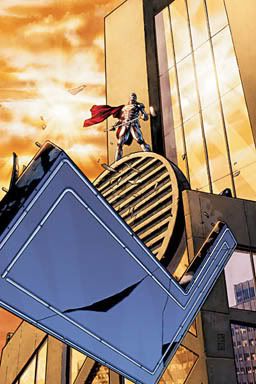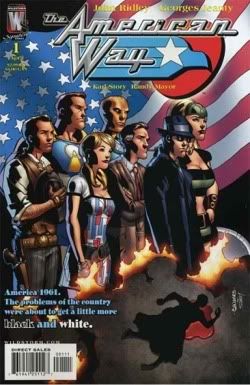Book of Doom: Shazam! The Monster Society of Evil #1
As the Million Dollar Man Ted DiBiase put it so well over the years, “Everybody’s got a price.” Apparently, that price is $5.99.
Jim Doom: “I read the first 10 pages or so in the store, and the rags-to-lightning story wasn’t enough to convince me to drop $5.99 on it.”
Both Jim Doom and Doom DeLuise passed on the Book of Doom this week because of the high cover price. Luckily, we were able to drag long forgotten Doomer Colonel Doom back into things to express his opinion on the book. Heck, you might even see something else from him in the next couple of days.
But let’s move on to Shazam! The Monster Society of Evil, this week’s choice for the Book of Doom:
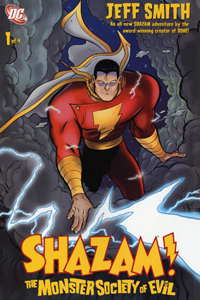 I loved the book. The art was absolutely spectacular. I loved looking at every panel. I’d forgotten how good Jeff Smith was at drawing people, since he spent so long drawing mostly grown-up cartoon characters in the pages of Bone.
I loved the book. The art was absolutely spectacular. I loved looking at every panel. I’d forgotten how good Jeff Smith was at drawing people, since he spent so long drawing mostly grown-up cartoon characters in the pages of Bone.
The story was a little slow-paced, though. Of course, this is a complete retelling of the origin of Captain Marvel, so you can’t just rush through that sort of thing. In Smith’s story, Shazam is dead, Billy Batson’s a lot younger than he used to be, and Billy and Marvel are two different people. I’m sure that’s not the way things are today (except for Shazam being dead), but I’ve got practically no knowledge of Captain Marvel before modern day. So it’s entirely possible that was the status quo at some point. It was a little off-putting right away, so I’m glad Jeff took enough time to establish what was what before leaping into what looks to be a majorly action-packed story in the next couple of issues.
The brightest spot in the writing was definitely the humor Smith included, something you just don’t see much from a character that used to be so light-hearted (I blame you, Alex Ross!). The scene with the hot dog vendor in the park was my favorite. “And you protect [homeless people]–for hotdogs?” “No, but I like hot dogs.”
Let’s see what the rest of the Legion had to say:
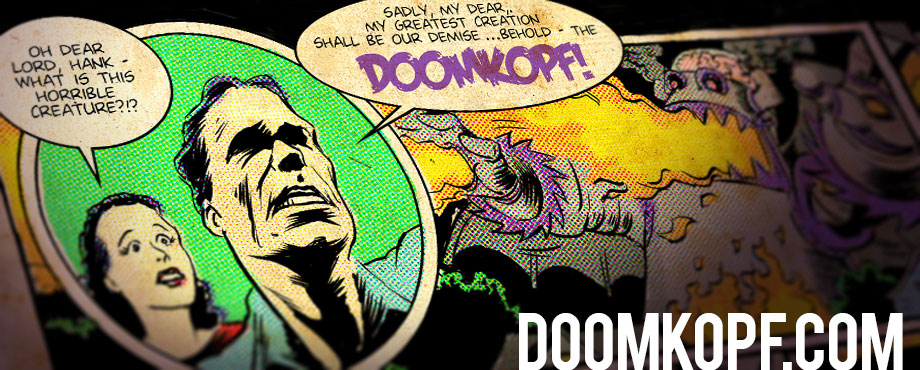
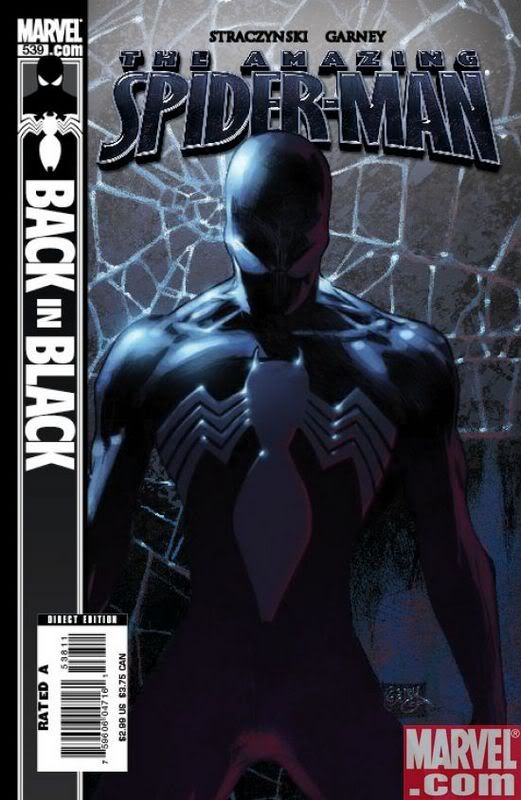
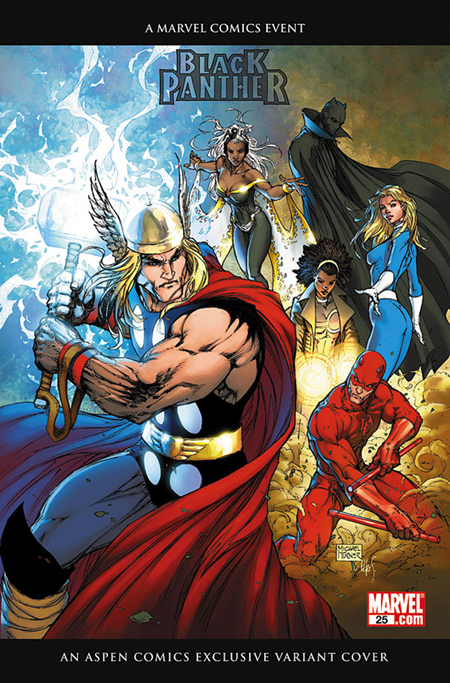
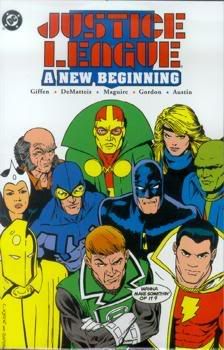 by Keith Giffen and J.M. DeMatteis (W) and Kevin Maguire (P) and Terry Austin and Al Gordon (I)
by Keith Giffen and J.M. DeMatteis (W) and Kevin Maguire (P) and Terry Austin and Al Gordon (I)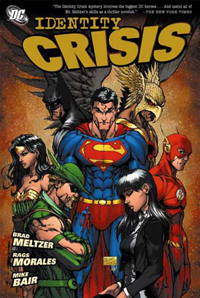
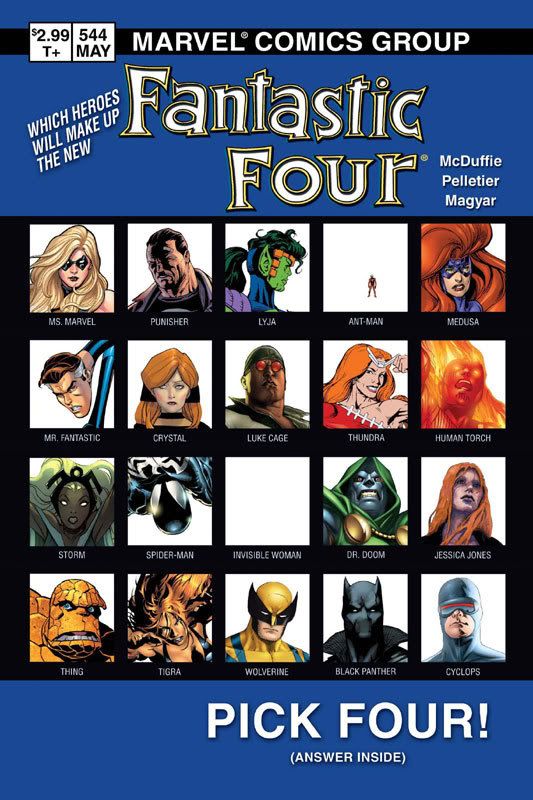 So as somebody who doesn’t read Fantastic Four, I hadn’t noticed all the news and rumors about the secret surprise new team lineup coming after Civil War. I also hadn’t caught all the excitement about Dwayne McDuffie writing the book (even though he’s written what, Deathlok?). What did catch my eye was the small ad in this week’s Marvel Comics – the ad teasing the mystery lineup for issue #544…
So as somebody who doesn’t read Fantastic Four, I hadn’t noticed all the news and rumors about the secret surprise new team lineup coming after Civil War. I also hadn’t caught all the excitement about Dwayne McDuffie writing the book (even though he’s written what, Deathlok?). What did catch my eye was the small ad in this week’s Marvel Comics – the ad teasing the mystery lineup for issue #544…